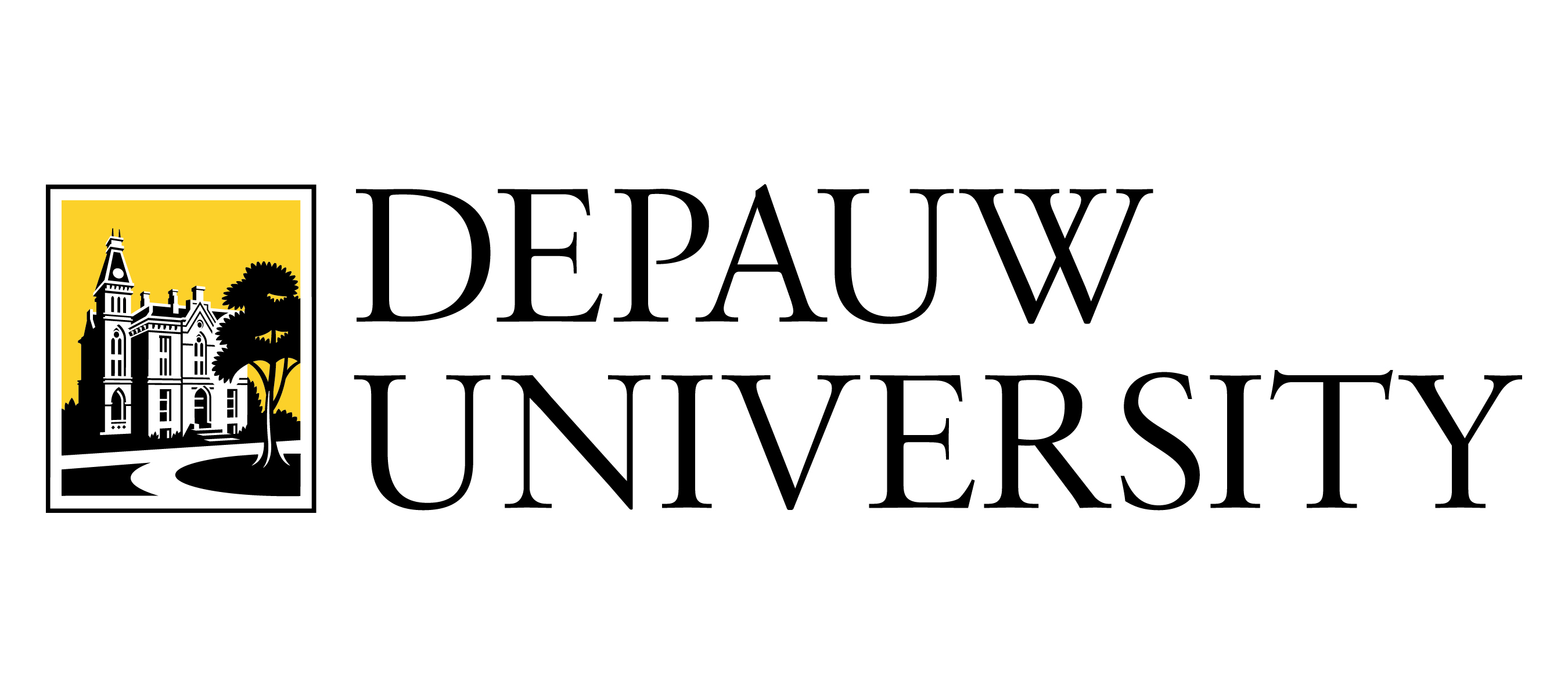Document Type
Syllabus
Publication Date
Spring 2024
Course Description
This class applies the fundamentals of chemistry and biochemistry to the study and explanation of metabolic pathways. As you progress through the course, you will recognize and employ concepts from your previous classes, especially Chem 120, 170, 240, and Chem 260. Your knowledge of structure, nomenclature and stereochemistry will come into play as we study the small molecules of metabolism. You will employ three-dimensional visualization of biomolecules to explain and understand the interactions of ligands and receptors. You will encounter problems and concepts requiring an understanding of stoichiometry, thermodynamics and kinetics, acids and bases (Chem 120, 130, 260), and we will read and discuss papers in the light of all of these classes. All that might sound intimidating, but understand that I get it: I fully expect that there are things you’ve forgotten, or that you never really understood. The material will be challenging, but I hope you will find this one of the most rewarding classes of your major; whether you realize it now or not, you have built up the fundamental knowledge necessary to appreciate the big, beautiful picture of metabolism. If you’re willing to put in the work, I’m here to help you through it.
Recommended Citation
Gurnon, Daniel, "Chem 343 Advanced Biochemistry Gurnon Spring 2024" (2024). Course Syllabi. 302, Scholarly and Creative Work from DePauw University.
https://scholarship.depauw.edu/records_syllabi/302



Student Outcomes
Students will be able to: